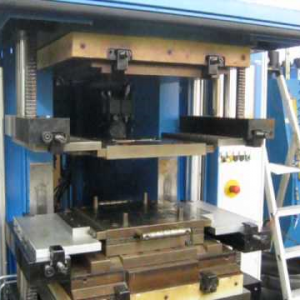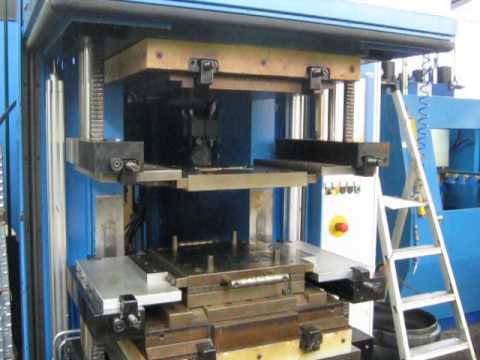
How is rubber moulded?
If you’ve ever wondered how rubber is moulded, it is achieved using the application of pressure and heat.
The finished rubber compound, which varies according to its intended end use and required properties, is ready to be moulded. A special tool, usually made from steel or aluminium, is used to make the geometry of the final product when it is filled with the rubber compound and then vulcanised. The tool is positioned in the moulding press, along with the compound and is subjected to pressure and heat until the rubber becomes vulcanised. Vulcanisation adjusts the chemical bonds to produce the type of rubber that we are used to seeing. For Rubber Mouldings, visit Meadex
This is the general process applied to make all kinds of rubber components, from commercial goods to specially customised parts required for many different manufacturing industries. Whilst the process is similar, the end result of the application is dependent on what type of compound is used, the bonding method used, and the type of tool used to shape the rubber.
Compression moulding is slightly different. You start with a pre-form shape that is much larger than required. When the moulding process heats up, the excess rubber is vented out under the force of compression and the remaining rubber is cured before the press is opened and the component removed. This process produces the least waste and has a short set up time.
Injection moulding was developed by the plastics industry in the 60s, and since then has improved to become a highly efficient process. It involves rapid forcing of rubber from a cylinder into a pre-heated closed mould.


Leave a reply